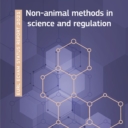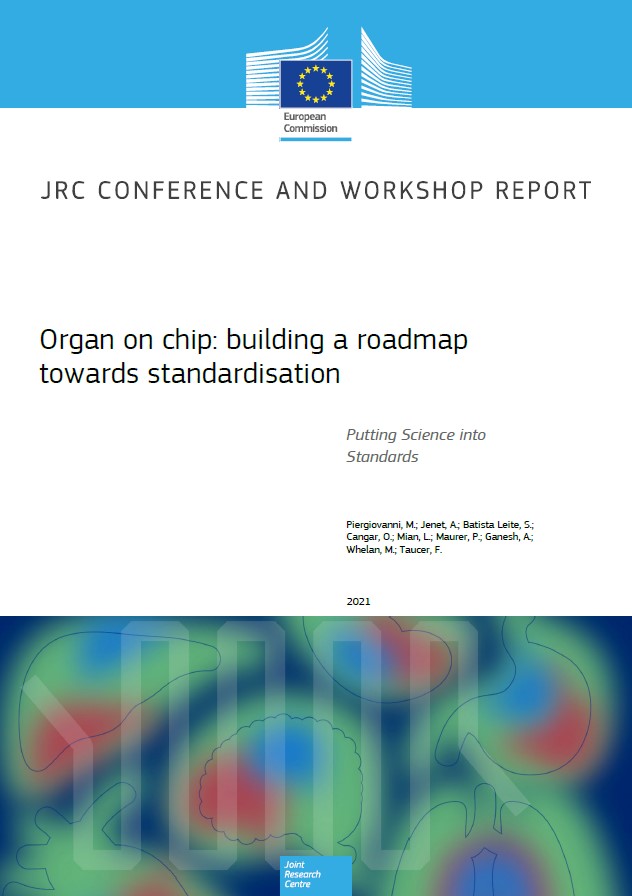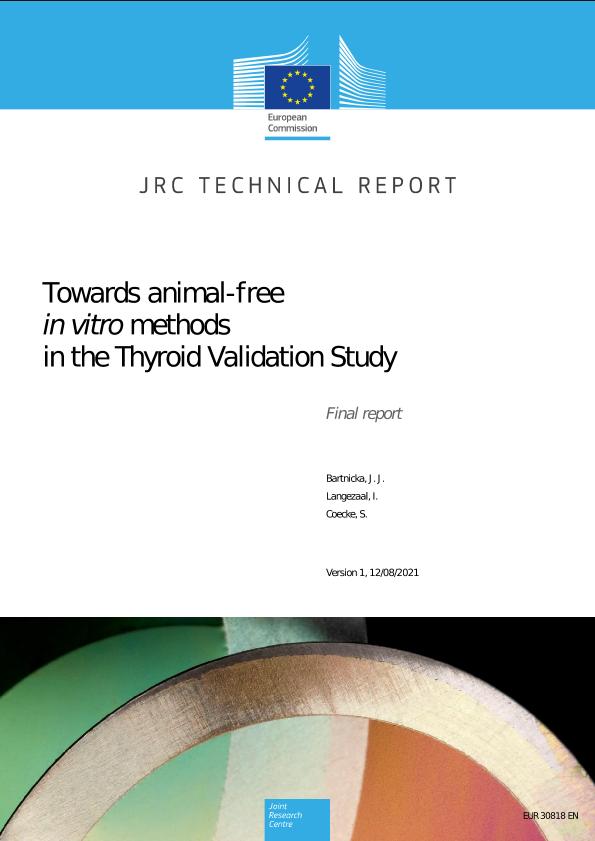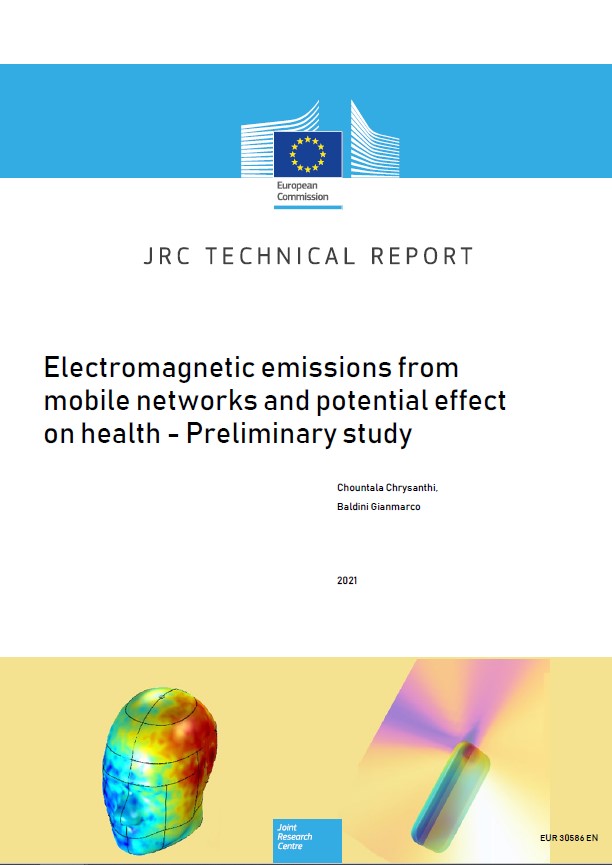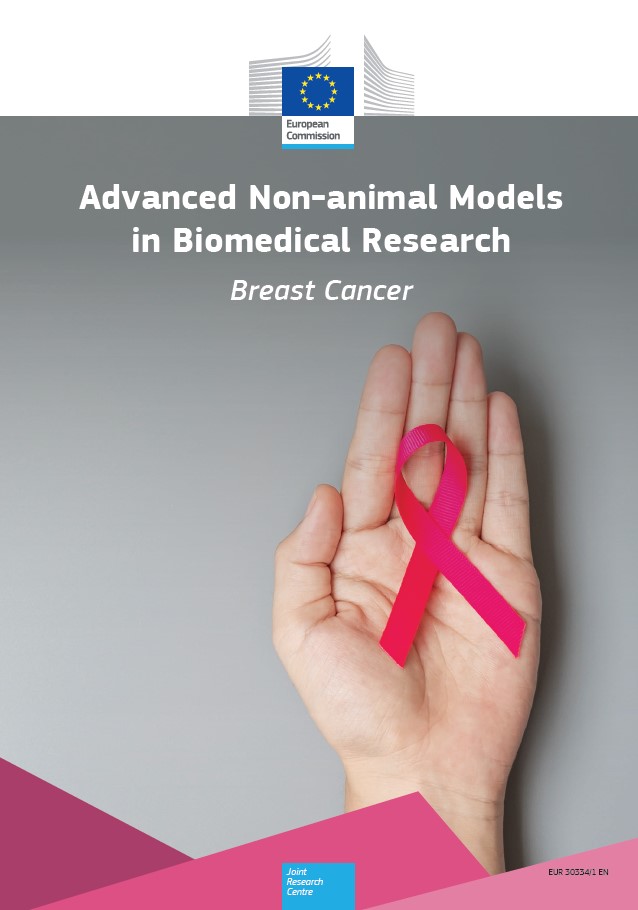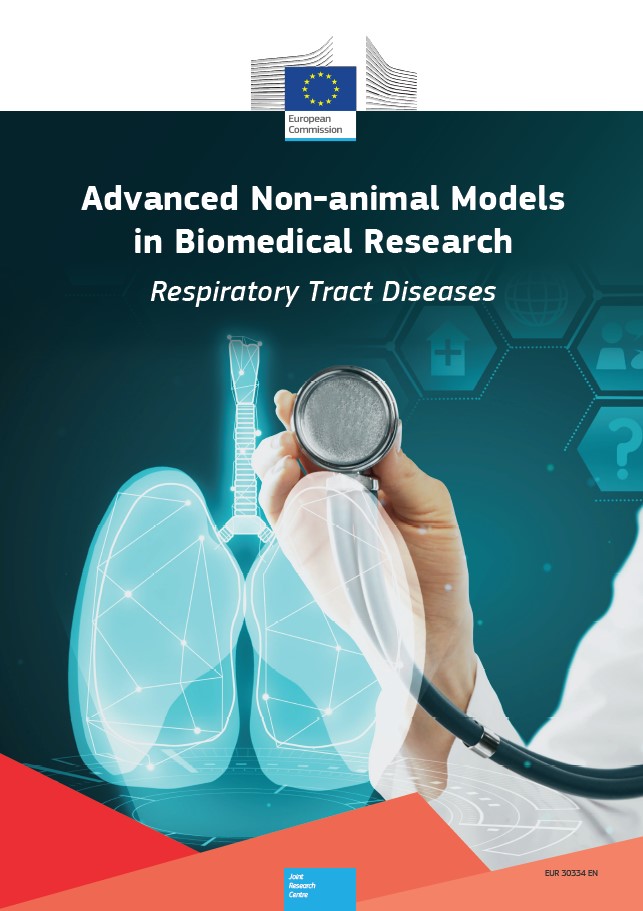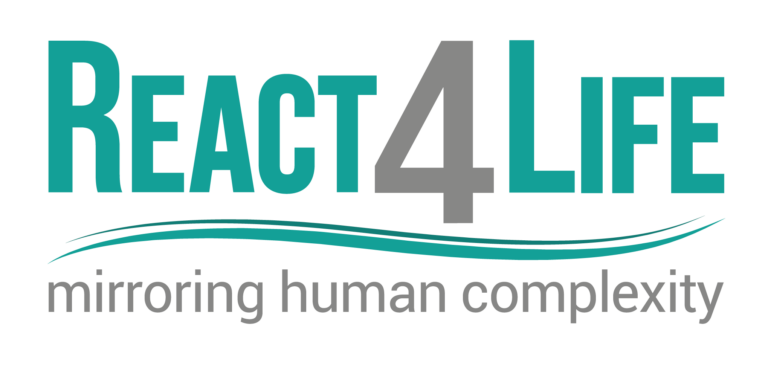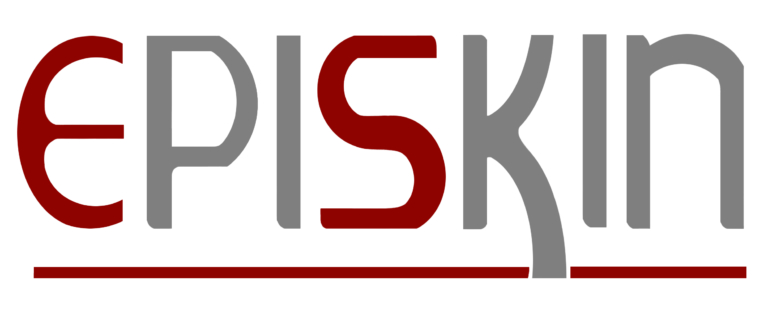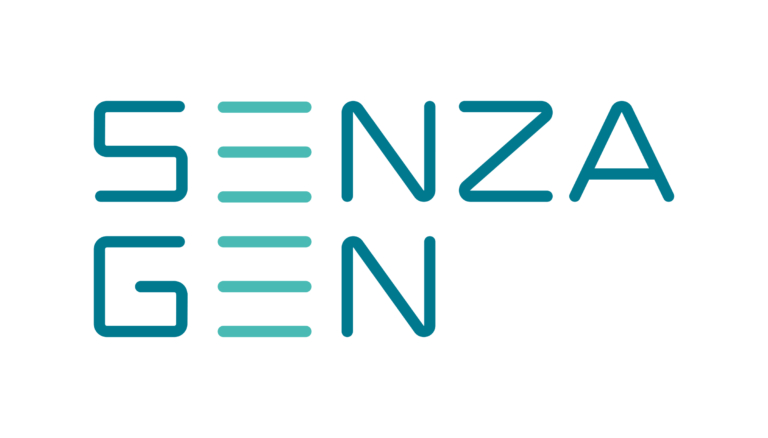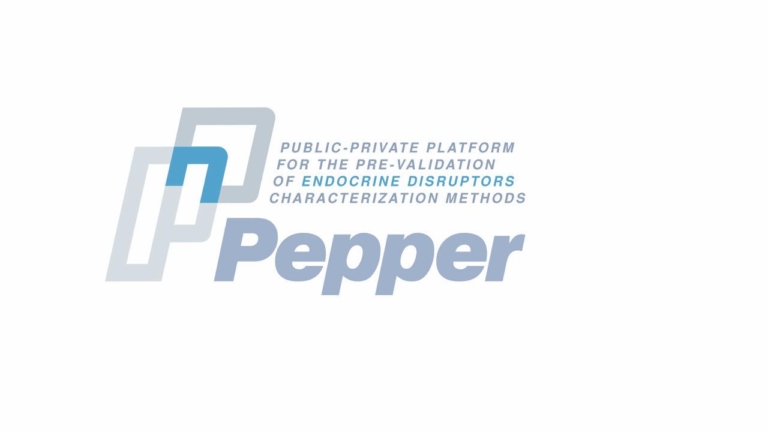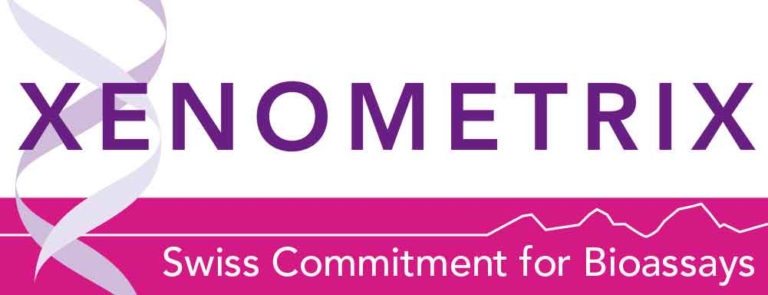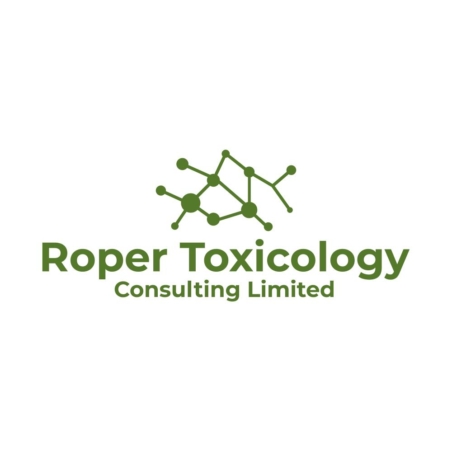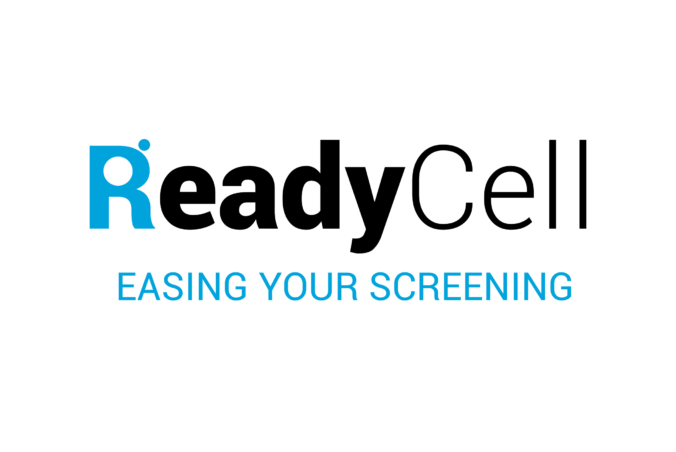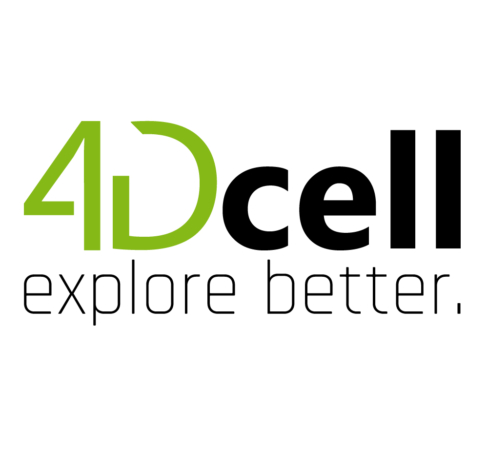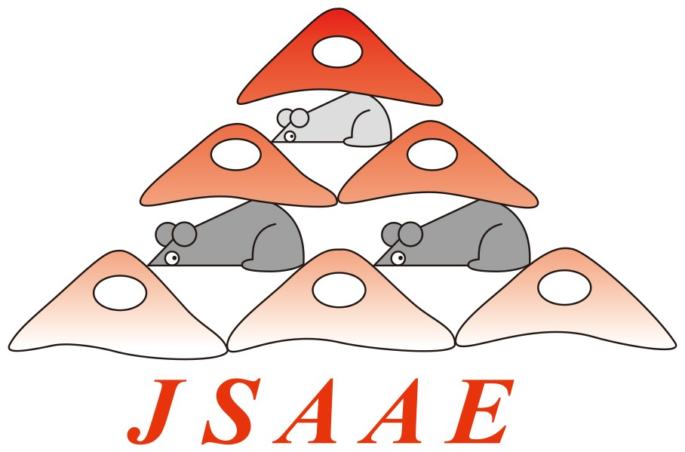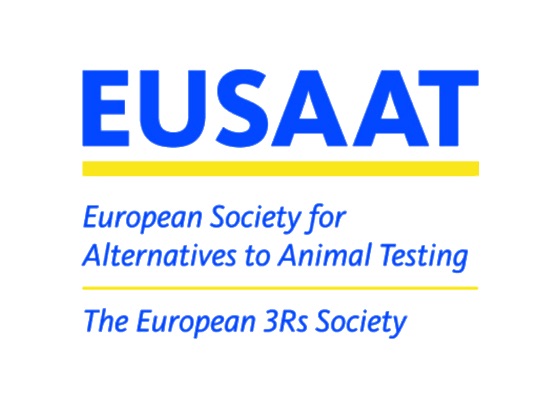Non-animal models as promising tools to fight cardiovascular diseases
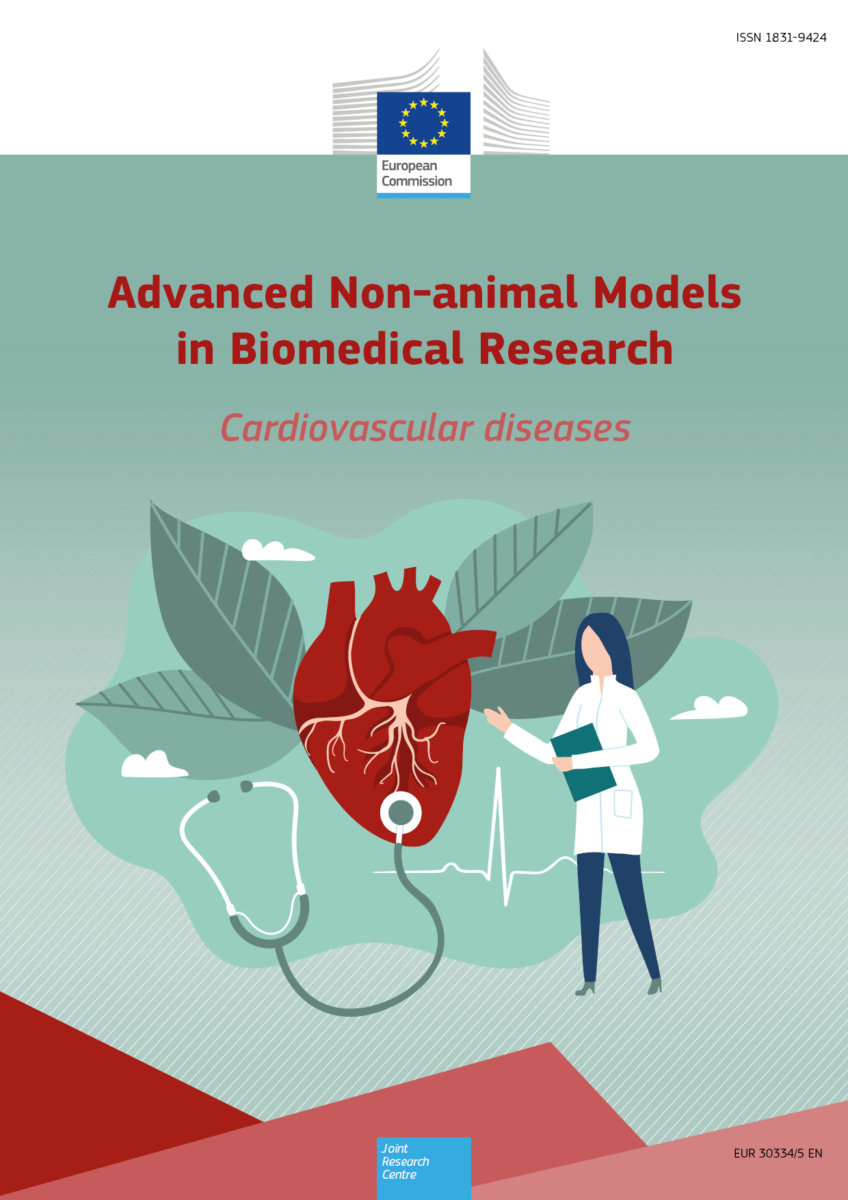
Authors: CELI Simona; CIOFFI Margherita; CAPELLINI Katia; FANNI Benigno Marco; GASPAROTTI Emanuele; VIGNALI Emanuele; POSITANO Vincenzo; HAXHIADEMI Dorela; COSTA Emiliano; LANDINI Luigi; DASKALOPOULOS Evangelos; PIERGIOVANNI Monica; DURA Adelaide; GRIBALDO Laura; WHELAN Maurice
Abstract: This report presents an overview of available and emerging non-animal models in the field of cardiovascular disease (CVD) research.
Over 14,000 abstracts published between 2013 and 2019 were scanned for relevant non-animal methods for CVD. From these, 451 publications were identified as candidate methods according to selected inclusion/exclusion criteria. In vitro cell and tissue cultures, human ex vivo and in silico approaches were considered and collated into a catalogue to form a key knowledge source for researchers, educators and national ethics and funding authorities.
Non-animal Methods in Science and Regulation
Authors: Zuang, V., Dura, A., Ahs Lopez, E., Barroso, J., Batista Leite, S., Berggren, E., Bopp, S., Campia, I., Carpi, D., Casati, S., Coecke, S., Corvi, R., Deceuninck, P., Franco, A., Gribaldo, L., Holloway, M., Langezaal, I., Madia, F., Munn, S., Paini, A., Piergiovanni, M., Pistollato, F., Price, A., Prieto Peraita, M.D.P., Sund, J., Wittwehr, C., Worth, A. and Whelan, M.
Abstract: The 2021 EURL ECVAM status report describes research, development and validation activities, as well as initiatives that promote the uptake and use of non-animal methods and approaches in science and regulation.
The principle of the Three Rs, i.e. Replacement, Reduction and Refinement of animal use in basic, applied and translational research, as well as for regulatory purposes is firmly anchored in EU legislation, full replacement of animal testing being the ultimate goal.
New Approach Methodologies including a variety of innovative technologies, such as in vitro methods using 3D tissues and cells, organ-on-chip, computational models (including AI) and ‘omics (genomics, proteomics, metabolomics) technology are developed, evaluated and integrated in assessment frameworks with a view to improve the efficiency and effectiveness of chemical and product hazard and risk assessment in a variety of regulatory contexts. Important activities to promote the development and use of non-animal approaches are also pursued in the areas of basic and applied research, where most of the animals are used, as well as for education purposes.
Addressing evidence needs in chemicals policy and regulation
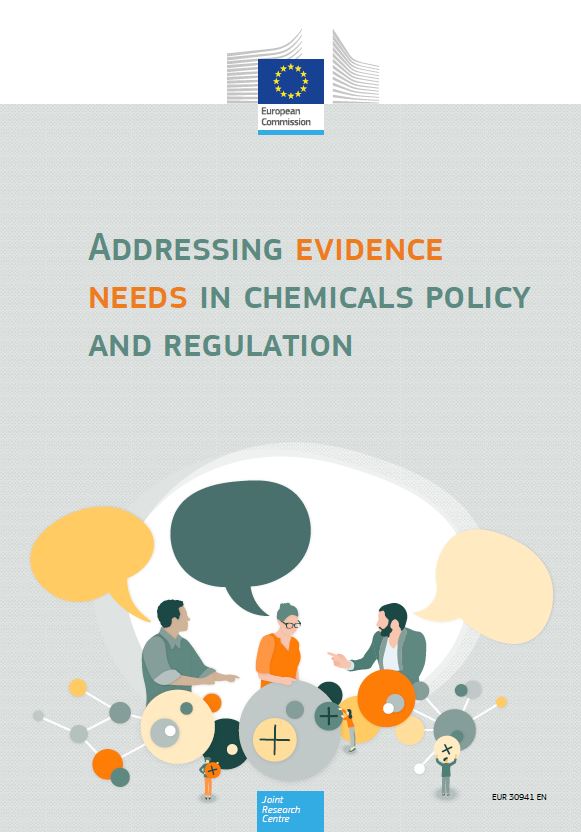
Authors: CARUSI A.; WITTWEHR C.; WHELAN M.
Abstract: Effective regulation of chemicals is crucial for health, the environment and commerce. While there is agreement on the need for effective evidence-based policy, how to achieve this is not straightforward. The Chemicals Strategy for Sustainability (CSS) calls for the creation of a comprehensive knowledge base on chemicals, with the aim of improving the availability of chemical data and creating a more effective science-policy interface. This comes at a time when the field of regulatory toxicology is undergoing profound changes with respect to methods and approaches for generating evidence.This report addresses these important aspects of chemicals regulation for current and future needs. Findings and recommendations are based on empirical research facilitated through extensive engagement with key stakeholder groups in chemicals regulation, in industry and governance, analysing their perceptions of the main challenges of chemicals regulation and the main obstacles to the acceptance of New Approach Methodologies (NAMs). A focus of this work has been on optimal approaches to knowledge management to reach sufficient shared understanding for consensus about core issues, which includes the aim of bridging between different scientific methods, approaches and forms of data and evidence.
Organ on chip – Building a roadmap towards standardisation : putting science into standards
Authors: Piergiovanni, M., Jenet, A., Batista Leite, S., Cangar, O., Mian, L., Maurer, P., Ganesh, A., Whelan, M. and Taucer, F.
Abstract: For Organ on Chip (OoC) there is a widespread opinion, that standardisation is an important enabler for innovation, supporting the development and application of devices through performance assessment and benchmarking, interoperability, and qualification for different contexts of use. In a two days “Putting Science into Standards” workshop the initial steps towards a standardisation roadmap were discussed and analysed, resulting in the recommendation to the European standardisation organisations to establish a dedicated platform for OoC technologies, with the aim of formulating a standardisation roadmap. The example serves for the European Commission’s Research and Innovation policy makers and European Health and Digital Executive Agency to recognise the importance of standards in the valorisation of research results.
Towards animal-free in vitro methods in the Thyroid Validation Study
Authors: BARTNICKA Joanna; LANGEZAAL Ingrid; COECKE Sandra
Abstract: Development of alternative research and testing methods, such as in vitro, in silico and in chimico assays, contributes to the reduction of animals used for scientific purposes, as per the EU Directive 2010/63/EU,2. However, in vitro methods, especially these based on cell culture, are often developed with the use of animal-derived ingredients, such as animal sera, animal proteins or antibodies. Their production raises ethical concerns, while their use may compromise the reproducibility of in vitro assays due to undefined composition, batch-to-batch variation and risk of contamination of cells with pathogens. In the context of development of in vitro methods for regulatory testing of chemicals, the advantage of in vitro approach is the ability to dissect molecular mechanisms underlying chemical-induced adverse effects. Currently, there are no such validated in vitro mechanistic methods relevant for the disruption of thyroid hormone signalling. To this end, a network of validation laboratories across European Union, in liaison with method developers and Unit F.3 of the Joint Research Centre, has been working towards the validation of 17 in vitro mechanistic methods assessing the disruption of the key events in thyroid hormone signalling. These methods contain animal-derived ingredients. Their replacement by chemically defined animal-free ingredients could improve method reliability and reproducibility, enhance the relevance for human physiology and reduce the number of animals used for their production.The aim of this project is to systematically map animal-derived ingredients present in the in vitro methods assessing thyroid signalling disruption, to evaluate the accessibility of animal-free alternatives to those ingredients and to plan the implementation of such refined protocols. The results of this investigation will be relevant to the test systems and assays beyond these focusing on thyroid signalling disruption, thus contributing to the global shift towards fully animal-free in vitro methodologies in biomedical research and regulatory testing.
Advanced non-animal models in biomedical research – Neurodegenerative diseases
Authors: Dura, Adelaide; Gribaldo, Laura; Deceuninck, Pierre
Abstract: Neurodegenerative diseases pose major challenges for societies with rapidly aging populations. Existing therapies are limited, and only treat the symptoms. Research employing animal models in the understanding of the pathologies and to develop new drugs, failed for now to discover and approve an efficient treatment for these diseases. Therefore, JRC’s EU Reference Laboratory for alternatives to animal testing (EURL ECVAM) launched a study to collect current and emerging non-animal models used in the field of neurodegenerative diseases. The overall aim of the current project is to provide an inventory and scientific evaluation of innovative (human-based) non-animal models/approaches currently in use for basic and applied research in the field of neurodegenerative diseases, more specifically Alzheimer’s and Parkinson’s disease. The resulting inventory covers 567 methods, ranging from biochemical and computational approaches to different types of cell cultures or ex vivo human material. The inventory aims to contribute to the increased adoption and acceptance of alternative methods in neurodegeneration research and related fields. The work has been conducted within the context of a scientific collaboration between the JRC (Directorate for Health, Consumers and Reference Materials, Chemicals Safety and Alternative Methods Unit) and Imec, KU Leuven, VIB and VITO who received financial support through a JRC (contract ref: JRC/IPR/2017/F.3/0050/OC)
Advanced Non-animal Models in Biomedical Research – Immuno-Oncology
Authors: ROMANIA Paolo; FOLGIERO Valentina; NIC Miloslav; DIBUSZ Krystof; NOVOTNY Tomas; BUSQUET Francois; ROSSI Fabrizio; STRACCIA Marco; DASKALOPOULOS Evangelos; DURA Adelaide; GRIBALDO Laura; WHELAN Maurice
Abstract: It is widely recognised that immuno-oncology has revolutionised cancer treatment, nevertheless there are major hurdles in addressing several key medical questions. Among these, there is a lack of preclinical animal models capable of mimicking patient conditions and predicting responses to such new therapies. Therefore, there is an ongoing need to develop more comprehensive, functional non-animal models.The JRC’s EU Reference Laboratory for alternatives to animal testing (EURL ECVAM) conducted a study to review the state-of-the-art of advanced non-animal models in use for immuno-oncology research. In this study around 130,000 peer-reviewed publications on immuno-oncology were initially retrieved and screened for representative papers describing innovative and promising advanced non-animal models.
Electromagnetic emissions from mobile networks and potential effect on health – Preliminary study
Authors: CHOUNTALA Chrysanthi; BALDINI Gianmarco
Abstract: Radio Frequency (RF) Electromagnetic field (EMF) exposure from mobile phone networks and possible adverse health impact is an issue causing much concern among citizens and several public bodies. Despite extensive research on this subject, many questions have remained unanswered due to methodological inconsistencies and lack of data. This report provides a preliminary analysis, including a literature survey of recent government and research activities into the health impact of RF EMF exposure. This report also attempts to explore a possible relationship between RF EMFs and incidence of brain cancer based on publicly available national datasets. The preliminary results, resented in this paper do not reveal any such relationship, but more work is necessary to overcome the limitations of the existing data. The findings of the empirical study show that the level of uncertainties in the current state of art are still very high, and the report recommends pro-active initiatives, such as the collection of better quality data, standardization of experimentation protocols and collaboration between interdisciplinary research groups, that could improve the state of play. Finally, further research on the EMF exposure in mmWave frequency bands and any effects on human health (and possibly the environment) is recommended to supplement the current knowledge.
Advanced Non-animal Models in Biomedical Research – Breast Cancer
Authors: Dura, Adelaide; Gribaldo, Laura; Deceuninck, Pierre; Campia, Ivana (2020):
Abstract: The European Commission’s Joint Research Centre (JRC) has undertaken a study to review available and emerging non-animal models in the field of breast cancer. In this literature review around 120,000 scientific papers on breast cancer were screened and from those a total of 935 models were identified as being the most representative and promising.These models are based mainly on techniques that use cells and tissues cultured in the laboratory (in vitro), computer modelling and simulation (in silico) or cells and tissues explanted from a patient (ex vivo).This study has produced a unique and highly curated knowledge base that contains detailed descriptions of 935 non-animal models being used for breast cancer research. It is freely available to download and can serve the needs of multiple stakeholders: researchers, educators, funding bodies, and support the implementation of Directive 2010/63/EU on the protection of animals used for scientific purposes.
Advanced Non-animal Models in Biomedical Research – Respiratory Tract Diseases
Authors: HYNES Jarlath; MARSHALL Lindsay; ADCOCK Ian; NOVOTNY Tomas; NIC Miloslav; DIBUSZ Krystof; GRIBALDO Laura; WHELAN Maurice
Abstract: A study was initiated at the JRC to develop a current overview of available and emerging non-animal models in the field of Respiratory Tract Diseases. In a literature review, over 21,000 abstracts (11,636 non-cancer and 9,421 cancer) were scanned for relevant non-animal methods of respiratory disease. From this, a total of 284 publications were finally identified as being promising candidate methods according to a set of inclusion/exclusion criteria. In vitro cell and tissue cultures, human ex vivo, in silico approaches were chiefly considered. These methods have been collated into a catalogue of biomedical disease models that will form a key knowledge source for researchers, educators and national ethics and funding authorities. The availability of a centralised source of reviewed methods will contribute to extend the requirements of EU Directive 2010/63/EU on the protection of animals used for scientific purposes to biomedical science.Simple cell culture models using immortalised cell lines are long-established, are inexpensive and quick, however they poorly reflect complex disease mechanism observed in vivo. The emerging use of more physiologically-relevant models of disease, such a 3D human tissue cultures, spheroids, organoids, and microfluidic /’lung on a chip’ based systems shows immense promise for the development of in vitro model systems that can more accurately mimic human respiratory diseases.This review shows that, while simple models are still prominent and have their uses, research focus has, in the past 5 years, shifting towards increasingly sophisticated bioengineering approaches that recapitulate lung development, anatomy and physiologic functions in vitro. Such approaches hold the promise of more human-relevant disease models that can be used to elucidate mechanism of disease and aid in the development of new therapies.
Introducing the Three Rs into secondary schools, universities and continuing education programmes

Authors: HOLLOWAY M.; BERGGREN E.; DURA A.; GRIBALDO L.; WHELAN M.
Abstract: EURL ECVAM undertakes a number of initiatives to improve knowledge sharing on the Three Rs (the Replacement, Reduction and Refinement of animal use in science). These include providing support to the teaching of the Three Rs and related subjects in secondary schools, universities and at early-career science levels. This report describes how to incorporate Three Rs teaching into the curriculum of schools and universities and aims to reach decision-makers and influencers within education systems who contribute to educational policy-making at European, Member State or local level. The content includes an introduction to the principles of the Three Rs; the relevant EU legal framework promoting the Three Rs; ethical considerations of animal use in science; as well as how innovative non-animal science is opening up new career and job opportunities for young people. The current state of play of teaching the Three Rs in education is described and recommendations are made on how to introduce new learning scenarios and resources to make Three Rs education more attractive and more consistent for education programmes at secondary school, university and professional levels.
Non-animal Methods in Science and Regulation
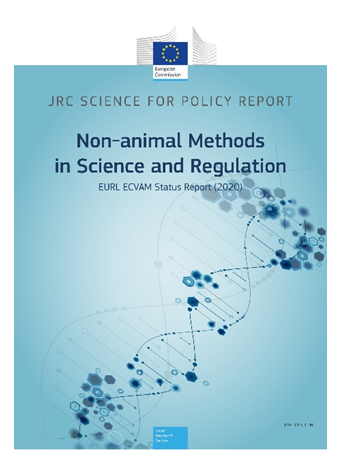
Authors: ZUANG V.; DURA A.; ASTURIOL BOFILL D.; BATISTA LEITE S.; BERGGREN E.; BOPP S.; CARPI D.; CASATI S.; COECKE S.; CORVI R.; DECEUNINCK P.; FRANCO A.; GRIBALDO L.; HALDER M.; HOLLOWAY M.; KIENZLER A.; LANGEZAAL I.; MADIA F.; MILCAMPS A.; MUNN S.; PAINI A.; PIERGIOVANNI M.; PISTOLLATO F.; PRICE A.; PRIETO PERAITA M.; VIEGAS BARROSO J.; WITTWEHR C.; WORTH A.; WHELAN M.
Abstract: The annual EURL ECVAM status report describes research, development and validation activities, as well as initiatives that promote the regulatory use and international adoption of non-animal methods and approaches and their dissemination in the regulatory and research arenas.EU policies and legislation call for innovative and more efficient ways of safety testing and chemical risk assessment that do not depend on animal testing. Advanced technologies such as computational models, in vitro methods and organ-on-chip devices are being developed, evaluated and integrated to translate mechanistic understanding of toxicity into safety testing strategies. The ultimate goal is to achieve better protection of human health and the environment while supporting EU innovation and industrial competitiveness, without the use of animals.The development and use of non-animal models and methods are also essential for advancing basic, applied and translational research. Education also plays an essential role in enabling a shift to non-animal methods through the introduction of the Three Rs (Replacement, Reduction and Refinement of animal use in science) into secondary school curricula and programmes of higher education.
Establishing the scientific validity of complex in vitro models
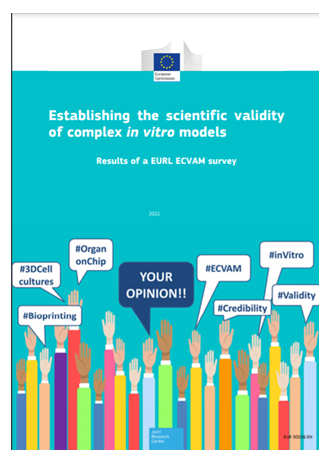
Authors: BATISTA LEITE S.; ZINCKE DOS REIS FERNANDES CIPRIANO M.; CARPI D.; COECKE S.; HOLLOWAY M.; CORVI R.; WORTH A.; VIEGAS BARROSO J.; WHELAN M.
Abstract: Complex in vitro models (CIVMs) – such as 3D cell cultures and spheroids, microphysiological systems including organ-on-chip devices, bioreactor cultures or bioprinted tissues – aim to represent higher-level anatomical and physiological aspects of human biology in experimental studies. The underpinning technologies are developing fast and the models and methods being created constitute promising approaches in several different scientific areas with many applications in research and regulatory testing. However, the successful implementation and acceptance of CIVMs is likely to require their proper characterisation, validation or qualification to demonstrate to end-users that they are fit for a particular purpose or context of use. To explore this, the EU Reference Laboratory for alternatives to animal testing (EURL ECVAM) of the European Commission’s Joint Research Centre (JRC) conducted a survey to investigate stakeholder opinions and perceived needs. The outcome of the survey showed that i) there is high interest in establishing some kind of assessment approaches for CIVMs; ii) assessment approaches (even if conducted differently) should be adequate not only for regulatory use-contexts but also address applications in research; and iii) CIVMs are still under (technological and biological) development and are thus not yet mature or standardised enough to enable a consensus on how their assessment should be conducted.
 The ESTIV Members Area
The ESTIV Members Area